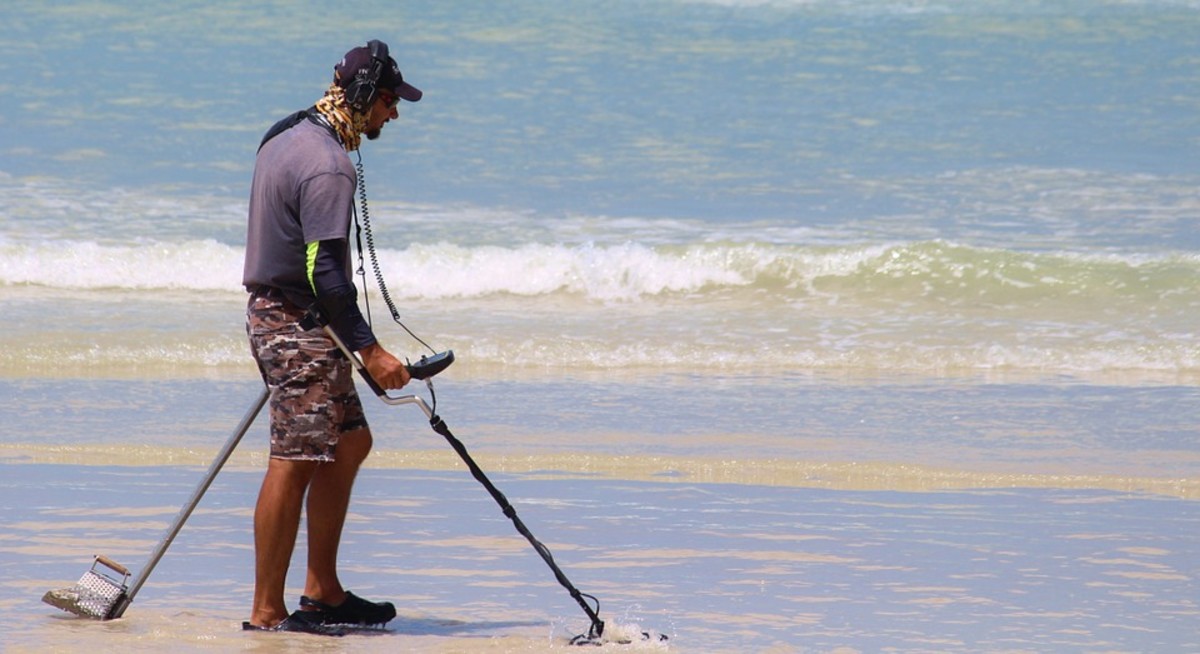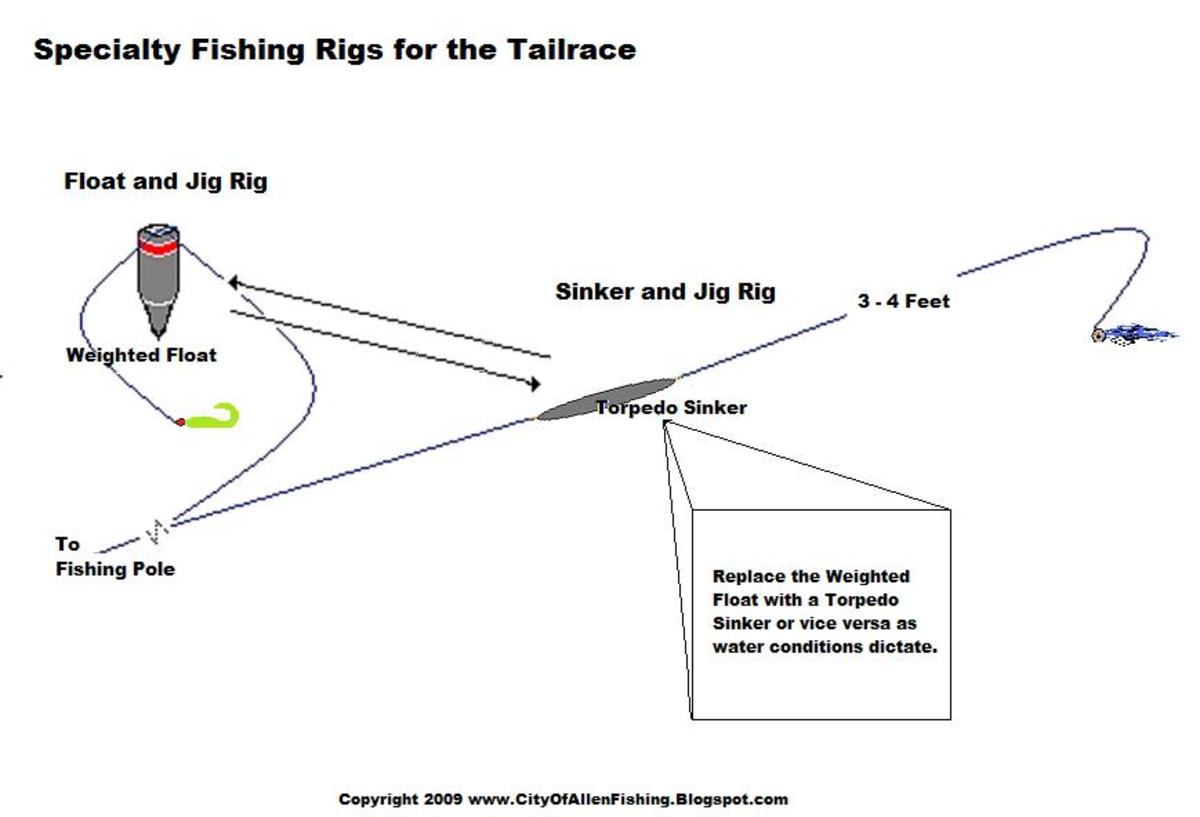Basic Beach Metal Detecting-Saltwater Wet Sand
Treasure in the sand
If you have the right equipment and the proper technique hunting the wet sand of a saltwater beach can be extremely productive in terms of finds. There are multiple ways beachgoers loose valuables -- While swimming or wading rings slip off, watches and necklaces break, and forgotten coins fall out of pockets. Depending on the depth, currents and clarity of the water it can be impossible for someone to find a lost item. -- I’ve personally had a fishing pole disappear in calf deep water from the wave action. -- On wet sand that was dry due to tides, jewelry and coins placed on a beach blanket are forgotten about and flung through the air when the blanket is packed up. Drop a coin in the soft dry sand and see how fast it vanishes without a trace.
The Where and When: Look for popular beaches, especially in high traffic tourist areas. People who do not go to the beach very often are likely less savvy about how easy it is to lose something, they are probably more likely to get in the water as well. Check your tide charts. The preference is a low negative tide to expose more of the beach that would normally be a swimming or wading area.
Gear: Obviously you need a metal detector. But you need a specific kind, one that will function around saltwater. Many times I’ve been hunting on the beach and meet a person with a metal detector and they ask me why it’s going crazy with signals. It’s because their detector was not designed to handle the mineralization that comes with saltwater. At that point I direct them to the driest sand on the beach. Most detectors function just fine on very dry sand.
Gear Part II: You need a sand scoop, and if you cherish your back, you’ll use a sturdy long handled one. The sturdier the better. Wet sand is heavy and cheap scoops will bend, fatigue and fail. That being said, get the biggest scoop you feel you can handle. The more you can scoop, the faster you’ll find things.
What do I use? I use a Garrett Sea Hunter Mark II diving metal detector with the 10”X14” coil and a large stainless steel diamond head scoop with a fiberglass handle. My scoop has two rare earth magnets safety wired onto the bottom to pick up small ferrous items like bobby pins or nails. The magnets are strong enough to hold those things all hunt long, regardless of how much digging I do. I also fabricated a small sheet of galvanized steel with small drain holes to fit on the bottom of the scoop. It catches the tiny finds like ear studs. The large coil on the metal detector allows me to cover more area on each swing and for me that makes up for what it lacks in pinpointing ability. The large scoop also alleviates some of the pinpointing problems.
Techniques: Low and slow is the key. Keep your coil right on the sand if possible and try to overlap each swing with the last. If you think you’re walking slow, slow down anyways. My preference is to mentally block off an area of beach and methodically cover it in a grid fashion like a crime scene investigator. I walk from the highest point I’ve decided on to the lowest then reverse it, back and forth, very slowly, overlapping the circuits.
For digging signals try to pinpoint as best as possible and start about half a foot behind where the item potentially is. Scan the hole after each scoop to see if you got it. The faster you can dig the better. When holes start filling with water the item sometimes starts to “float” around in the saturated sand, making it difficult and annoying to locate.
When you have something in your scoop you can do one of two things. You can dump the whole load on the hardpacked sand and spread it out with you foot. From there you just use your detector coil to find the item. The second option, if the sand is too wet or you have small waves, is to use the water to strain the sand from the scoop leaving behind the object. Which option you use just depends on the circumstances.
These tips cover the basics of metal detecting on the wet sand. There’s not much too it, providing you have the right equipment and patience. Please check out my video for further clarification. Remember, there’s a lot of trash on the beach. In fact there’s far more trash than treasure. So be patient. The rings and watches are out there and the patient hunter will find them. Happy hunting!





